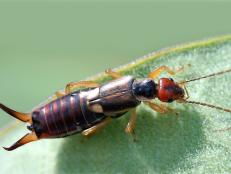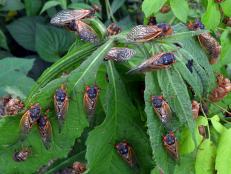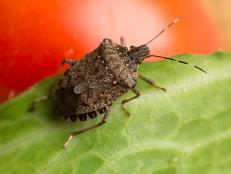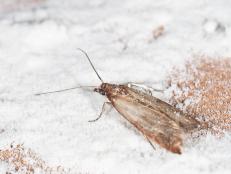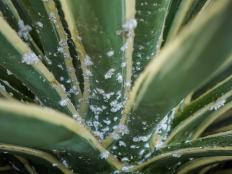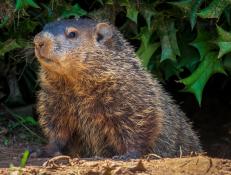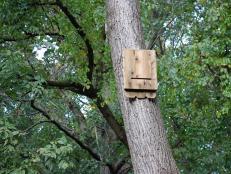Clearwing Sphinx Moth

Gardeners with butterfly bushes usually look forward to visits from this fast-flying insect. Zipping from flower cluster to flower cluster, here's a critter that looks vaguely like a bee but behaves like a hummingbird. Unlike a bee, which has to land on a flower to feed, the clearwing sphinx moth hovers above its food like a hummingbird. Wings beat so fast that they're usually just a blur. It then unrolls its long proboscis to sip nectar.
Favorite food sources include the butterfly bush, dwarf bush honeysuckle, snowberry, verbena, orange hawkweed, lilac, flowering tobacco and lantana. They also like verbena, phlox, plumbago and a number of other common garden plants. You'll usually see them feeding alongside bees. Unlike bees, they don't sting, and in fact, seem a bit skittish. They'll usually buzz quickly away when they sense the gardener is near.
Most sphinx moths have opaque wings; one very common species, the whitelined sphinx, has a brown body and prominent white markings on its wings. For all sphinx moths, the larvae are hornworms that are, in some species, quite large and colorful. Most larvae, except for the tomato hornworm, are not a problem for the gardener. The clearwing sphinx larvae are about two inches long and, depending on the species, can be pale green, pinkish tan or light to dark brown. The clearwing sphinx larvae feed on the leaves of honeysuckle, hawthorne, dogbane, snowberry, viburnum, cherry and plum. They're not considered a pest.






